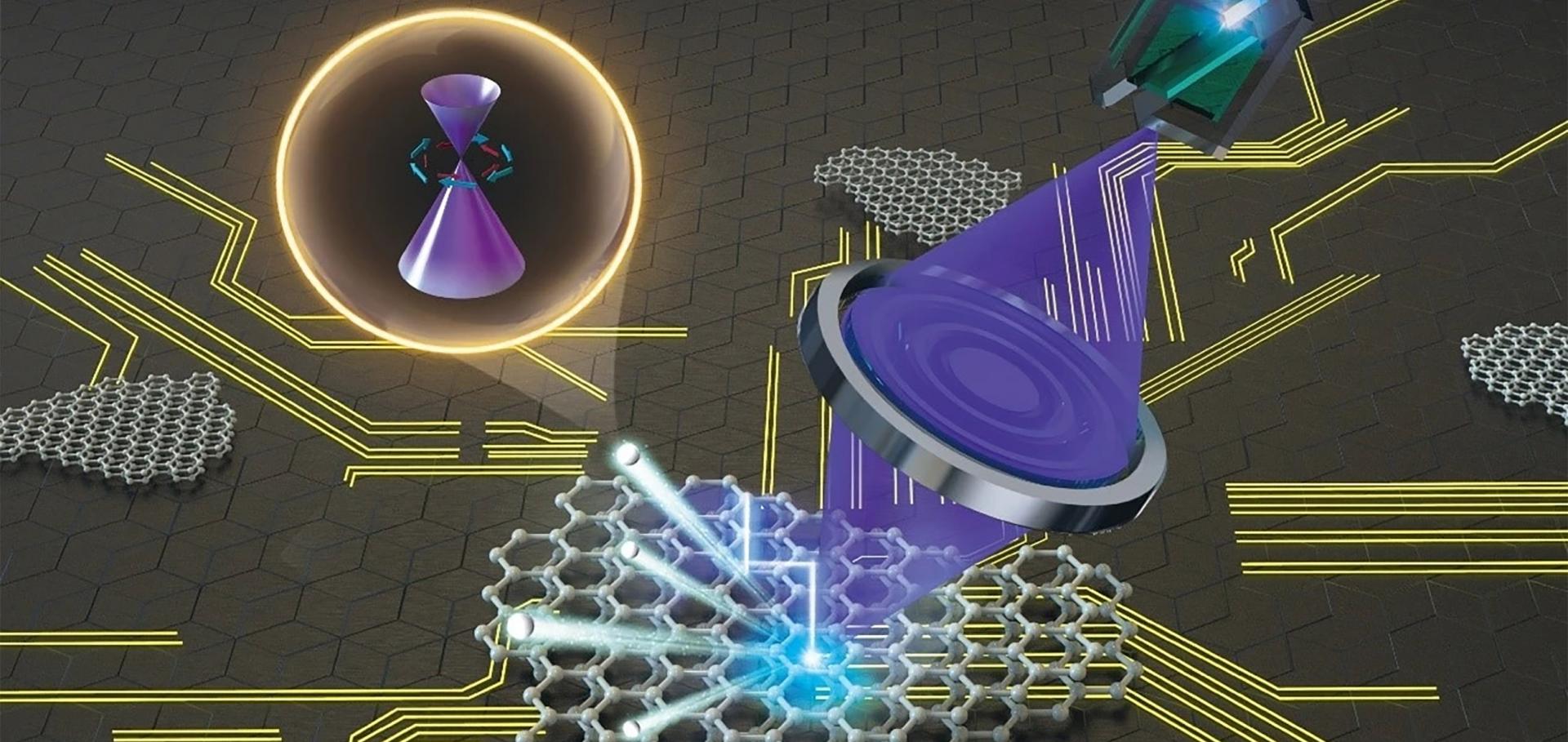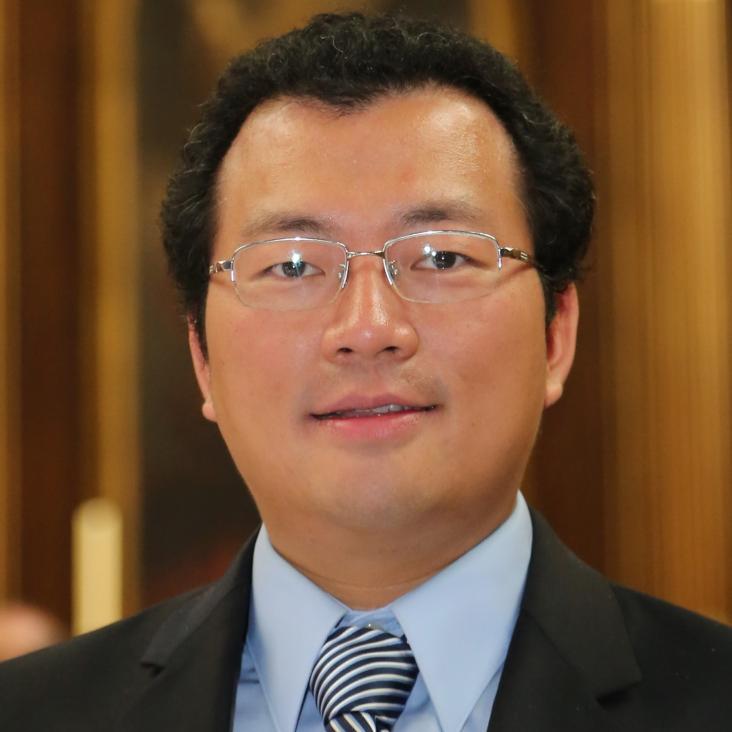Quantum Electronics: Evidence of Both Surface and Bulk Dirac Bands and Anisotropic Nonsaturating Magnetoresistance in ZrSiS (Adv. Electron. Mater. 10/2016)
Advanced Electronic Materials Wiley 2:10 (2016)
Surface Monocrystallization of Copper Foil for Fast Growth of Large Single‐Crystal Graphene under Free Molecular Flow
Advanced Materials Wiley 28:40 (2016) 8968-8974
Observation of unusual topological surface states in half-Heusler compounds LnPtBi (Ln=Lu, Y)
Nature Communications Springer Nature 7:1 (2016) 12924
Evolution of the Valley Position in Bulk Transition-Metal Chalcogenides and Their Monolayer Limit
Nano Letters American Chemical Society (ACS) 16:8 (2016) 4738-4745
Building Large-Domain Twisted Bilayer Graphene with van Hove Singularity
ACS Nano American Chemical Society (ACS) 10:7 (2016) 6725-6730


